Looking for seasonings starting with S? Here are the 7 essential S-seasonings every home cook needs: Salt, Sumac, Star Anise, Saffron, Savory, Szechuan Peppercorns, and Smoked Paprika. This guide explains exactly how to use each one for maximum flavor impact, with practical tips backed by culinary science.
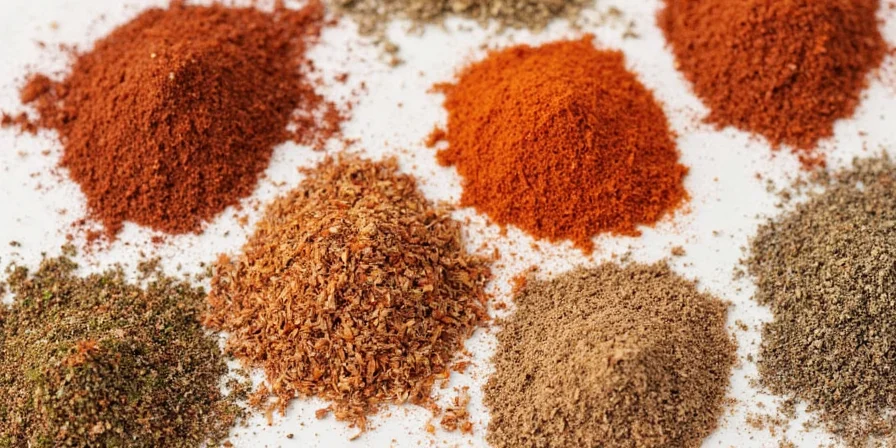
Salt: Your Essential Flavor Amplifier
Salt isn't just for seasoning—it's a flavor catalyst that enhances sweetness by up to 20% while reducing bitterness. For everyday cooking, use coarse sea salt for meat preparation (apply 45 minutes before cooking) and flaky finishing salts like Maldon for final texture contrast.
Practical Application:
- For perfect steak: Apply 1 teaspoon coarse salt per pound 45 minutes before cooking
- For roasted vegetables: Sprinkle flaky salt 90 seconds before serving
- For baking: Reduce recipe salt by 25% when using iodized table salt
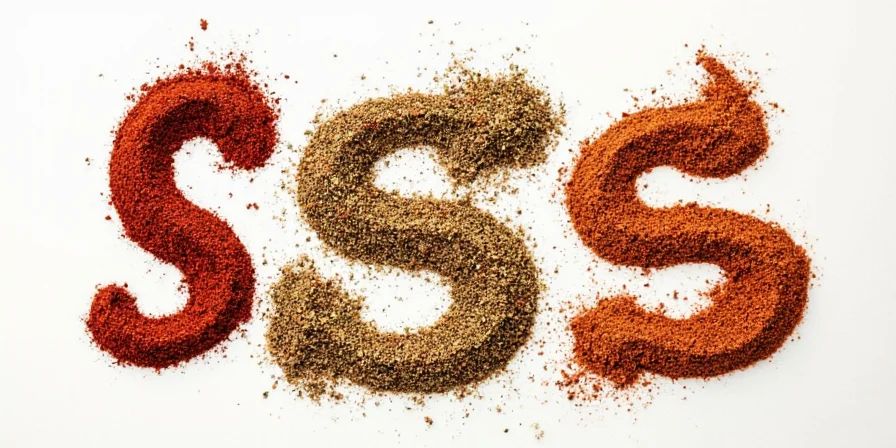
Sumac: The Brightness Booster Without Acidity
Sumac delivers tangy flavor without the acidity of citrus, making it perfect for yogurt dishes and delicate sauces. This deep red spice works wonders in Mediterranean cooking and adds complexity to everyday meals.
Practical Application:
- For salad dressings: Substitute 1 tablespoon lemon juice with 1½ teaspoons sumac
- For meats: Sprinkle on chicken before grilling for subtle tang
- For dips: Mix 1 teaspoon into hummus or tzatziki for extra brightness
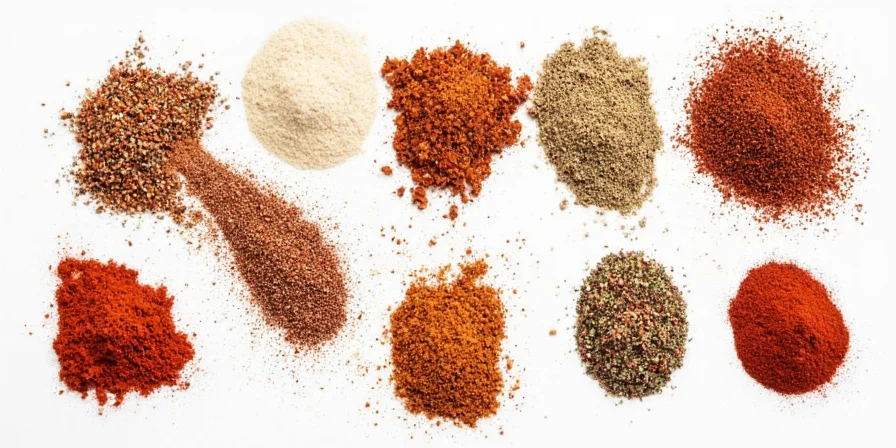
Star Anise: The Slow-Cooking Secret
Star anise adds warm, licorice-like flavor to braises, stews, and broths. Unlike ground anise, it infuses flavor gradually without becoming overpowering. This is essential for authentic Chinese five-spice and Vietnamese pho.
Practical Application:
- For soups and stews: Add 1-2 whole stars per quart of liquid
- For meat dishes: Include in marinades for pork or duck
- For desserts: Steep in warm cream for custards or ice cream

Saffron: The Luxurious Color and Flavor Enhancer
Saffron adds golden color and distinctive floral notes to dishes. While expensive, a little goes a long way. Proper preparation is key to maximizing its impact without wasting precious threads.
Practical Application:
- For paella: Use 0.05g (about 20 threads) per serving
- Preparation tip: Crush threads with pinch of sugar, then soak in 2 tablespoons warm broth for 15 minutes
- For best results: Add during the final 10 minutes of cooking rice dishes

Savory: The Meaty-Flavored Herb You're Missing
Savory (both summer and winter varieties) provides savory, peppery notes that enhance bean dishes and vegetable preparations. Summer savory works best in lighter dishes, while winter savory holds up in heartier recipes.
Practical Application:
- For beans: Add 1 teaspoon dried savory per pound of dried beans
- For vegetarian cooking: Use as meat flavor substitute in mushroom dishes
- Fresh use: Chop and add to salad dressings or compound butter
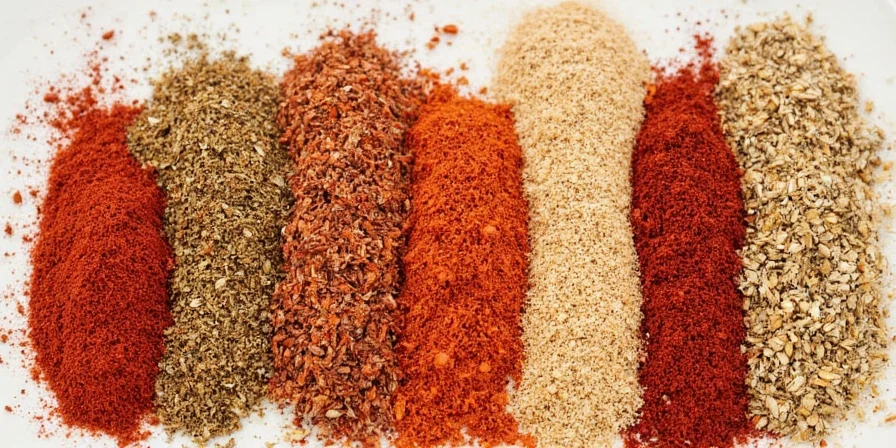
Szechuan Peppercorns: The Tingling Sensation Creator
These unique peppercorns create a tingling sensation rather than heat. They're essential for authentic Szechuan cuisine but work surprisingly well in creative applications beyond Asian cooking.
Practical Application:
- For authentic use: Toast 1 teaspoon in dry pan for 90 seconds before grinding
- For non-Asian dishes: Pair with citrus in salad dressings for intriguing complexity
- For cocktails: Infuse in simple syrup for distinctive beverages

Smoked Paprika: Instant Smoky Depth
Smoked paprika brings wood-fired flavor to any dish without needing a grill. Available in sweet (dulce), bittersweet (agridulce), and hot varieties, it's incredibly versatile across cuisines.
Practical Application:
- For deviled eggs: Mix ½ teaspoon into yolk filling
- For roasted vegetables: Toss with 1 teaspoon before cooking
- For sauces: Stir in at the end of cooking to preserve flavor
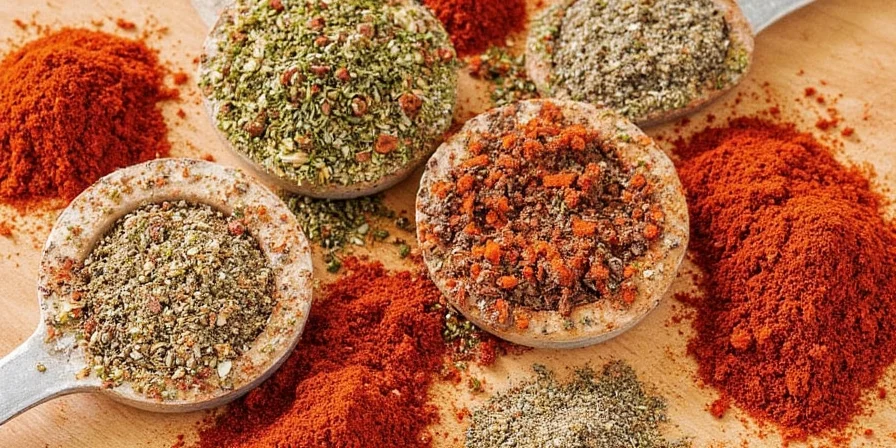
Seasonings Starting with S: Quick Reference Guide
| Seasoning | Best For | Substitution Ratio | Storage Life |
|---|---|---|---|
| Salt | All-purpose seasoning, texture enhancement | 1:1 for most applications | Indefinite |
| Sumac | Adds brightness without acidity | 1 tbsp lemon juice = 1½ tsp sumac | 2 years |
| Star Anise | Braises, broths, slow-cooked dishes | 1 star = ½ tsp ground anise | 3 years |
| Saffron | Rice dishes, sauces, custards | No direct substitute | 3-5 years |
| Savory | Bean dishes, vegetarian cooking | Thyme or marjoram (partial) | 1 year |
| Szechuan Peppercorns | Asian cuisine, creative applications | No direct substitute | 2 years |
| Smoked Paprika | Instant smoky flavor | Regular paprika + liquid smoke | 1 year |
Expert Tips for Using S-Seasonings Effectively
- Seasoning order matters: Add salt early for foundational flavor, sumac late to preserve brightness
- Storage secrets: Keep saffron and smoked paprika in the freezer for maximum shelf life
- Budget tip: Buy saffron in small quantities from reputable spice merchants
- Flavor pairing: Combine sumac with smoked paprika for North African-inspired dishes
- Texture tip: Use flaky salt on moist foods, fine salt on dry rubs for even distribution

Frequently Asked Questions About Seasonings Starting with S
What are all the seasonings that start with S?
Which S seasoning works best as a lemon substitute?
Can I substitute something for saffron?
How do I use Szechuan peppercorns without overwhelming heat?
Mastering Seasonings Starting with S
These seven S-seasonings give you powerful tools for flavor development in any kitchen. Start with salt as your foundation, then experiment with sumac for brightness, star anise for slow cooking, and smoked paprika for instant depth. Keep saffron for special occasions, use savory in bean dishes, and try Szechuan peppercorns for something unique.
The key to success is understanding each seasoning's strengths and using them at the right moment in your cooking process. By incorporating these practical techniques, you'll transform ordinary dishes into extraordinary meals with professional-level flavor complexity.
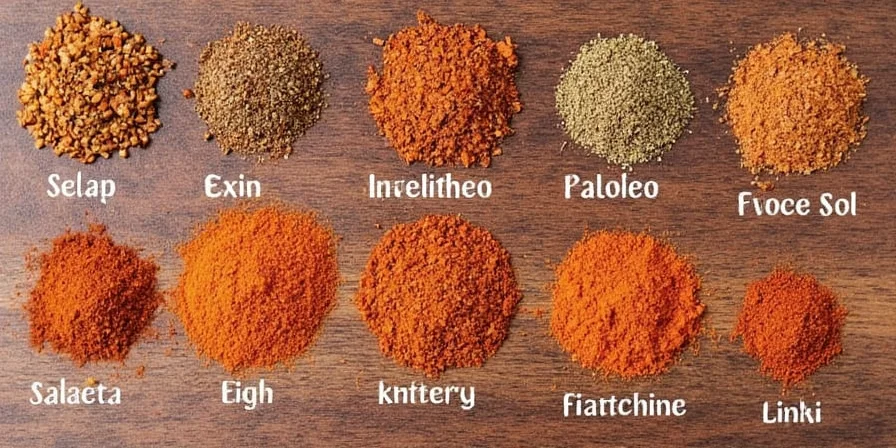

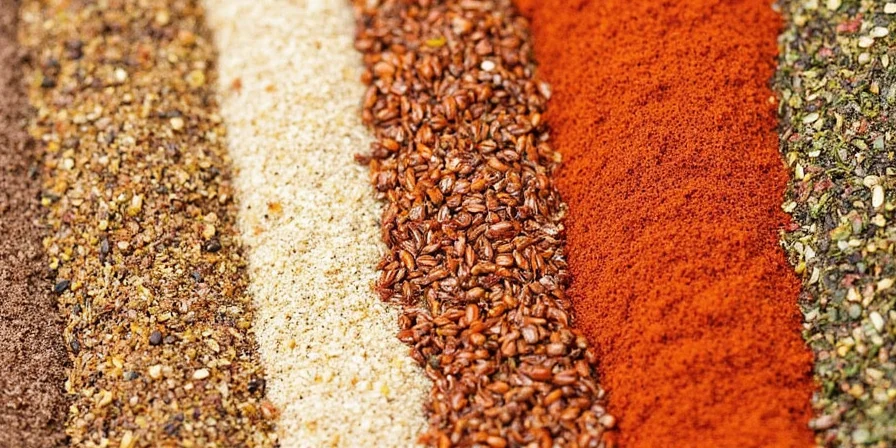









 浙公网安备
33010002000092号
浙公网安备
33010002000092号 浙B2-20120091-4
浙B2-20120091-4